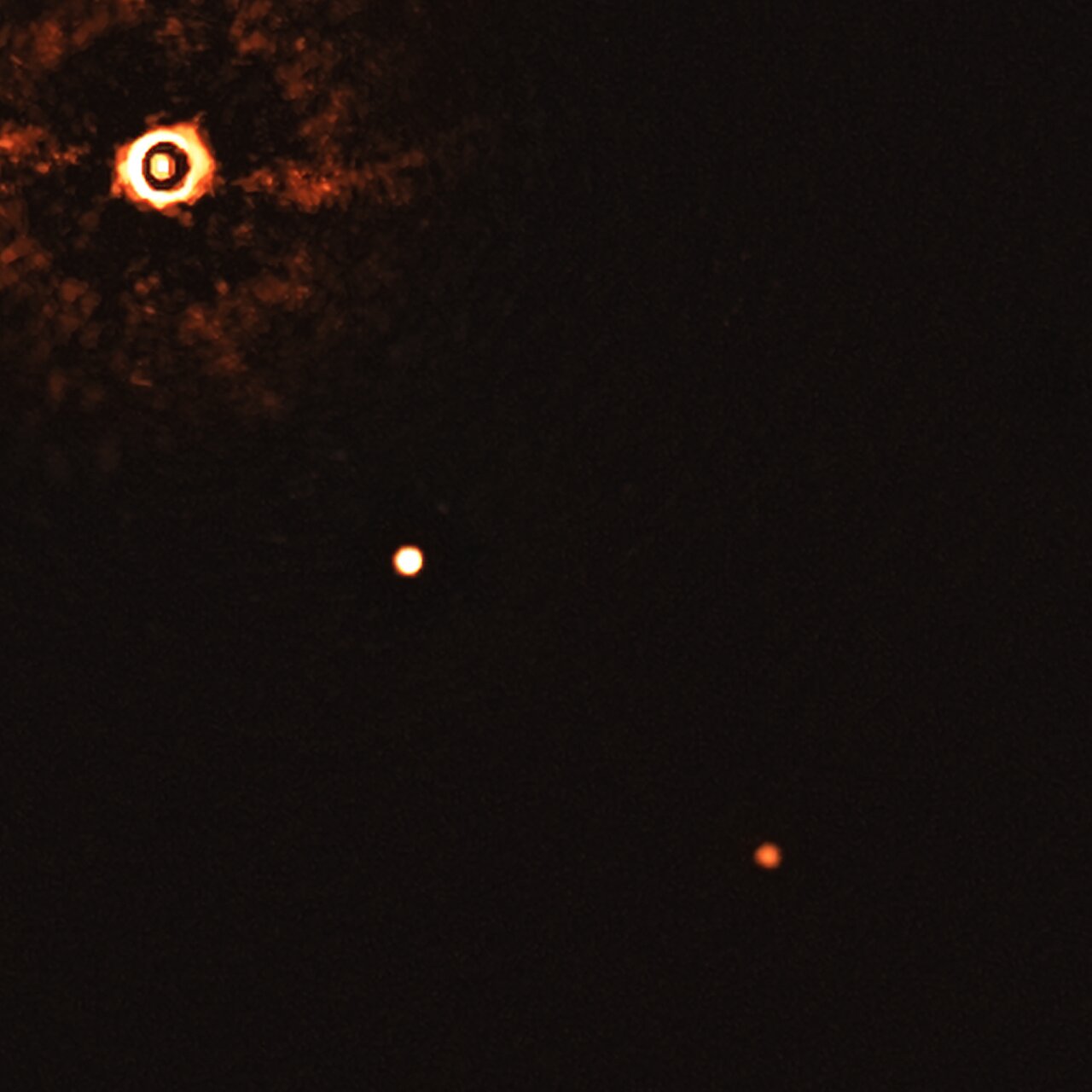
We’ve detected thousands of exoplanets, but for the most part, nobody’s ever seen them. They’re really just data, and graphs of light curves . The exoplanet images you see here at Universe Today and other space websites are the creations of very skilled illustrators, equal parts data and creative license. But that’s starting to change.
The European Southern Observatory’s Very Large Telescope (VLT) has captured images of two exoplanets orbiting a young, Sun-like star.
Other things to check out:
China launches robotic mission to orbit, land, and drive on Mars – Spaceflight Now
A heavy-lift Long March 5 rocket propelled China’s first Mars landing mission toward the Red Planet on Thursday after launching from a seaside spaceport on Hainan Island, the second of three international Mars probes expected to depart planet Earth this month.
Kicking off a nearly seven-month journey, China’s Tianwen 1 spacecraft lifted off from the Wenchang Space Launch Center in southern China’s Hainan province at 12:41 a.m. EDT (0441 GMT; 12:41 p.m. Beijing time) on top of a Long March 5 rocket, the heaviest launcher in the country’s inventory.
Morpheus thruster propels single cubesat to lower orbit - SpaceNews
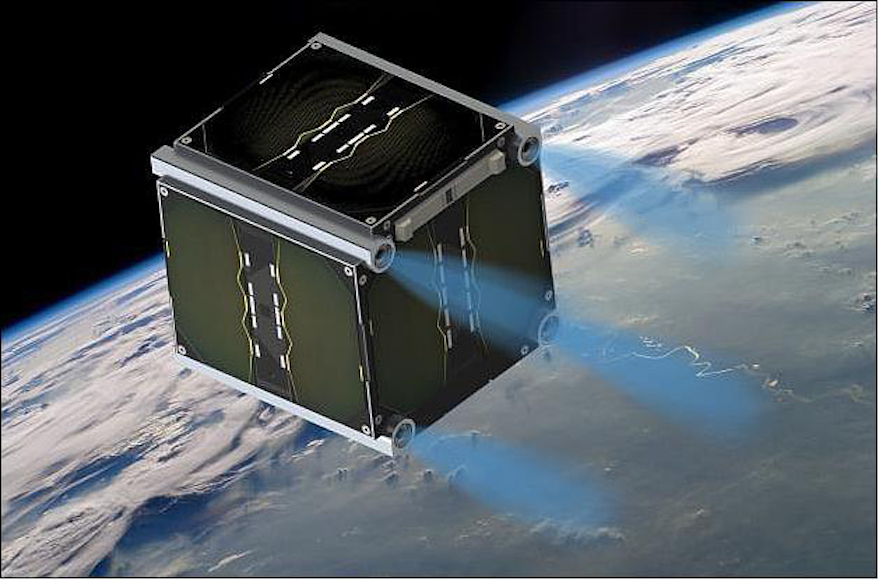
SAN FRANCISCO – Germany's University of Wurzburg Experimental-4 (UWE-4) cubesat avoided a potential collision in early July while lowering its altitude with Morpheus Space's NanoFEEP electric propulsion system.
It was the first time a one-unit cubesat performed a collision-avoidance maneuver, Istvan Lorincz, Morpheus president and co-founder, told SpaceNews.
The growing popularity of small satellites is prompting companies around the world to develop miniature thrusters to help cubesats avoid collisions, change altitudes, fly in formation and leave orbit when their missions conclude.
Multiple exoplanets orbiting 'sun-like star' discovered in deep space for first time |
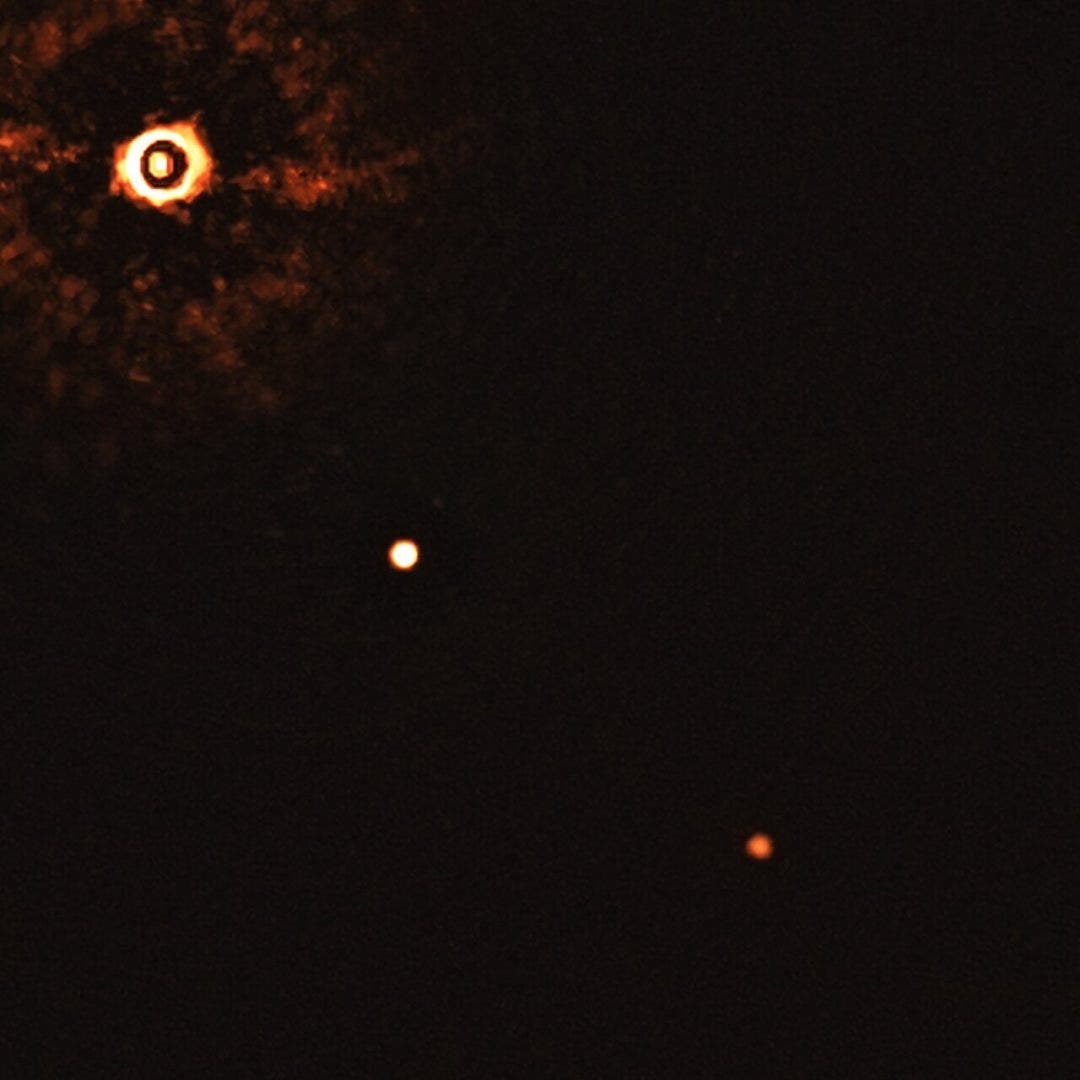
Scientists have discovered a multi-planetary system orbiting a "sun-like star" for the first time, according to a newly published study.
The research, published in The Astrophysical Journal Letters , describes two giant exoplanets (TYC 8998-760-1b and TYC 8998-760-1c) orbiting the star TYC 8998-760-1, approximately 300 light-years from Earth. A light-year, which measures distance in space, is approximately 6 trillion miles.
“This discovery is a snapshot of an environment that is very similar to our Solar System, but at a much earlier stage of its evolution,” the study's lead author, Alexander Bohn, said in a statement .
Check out this next:
Virgin Orbit identifies cause of engine shutdown on first LauncherOne flight - SpaceNews
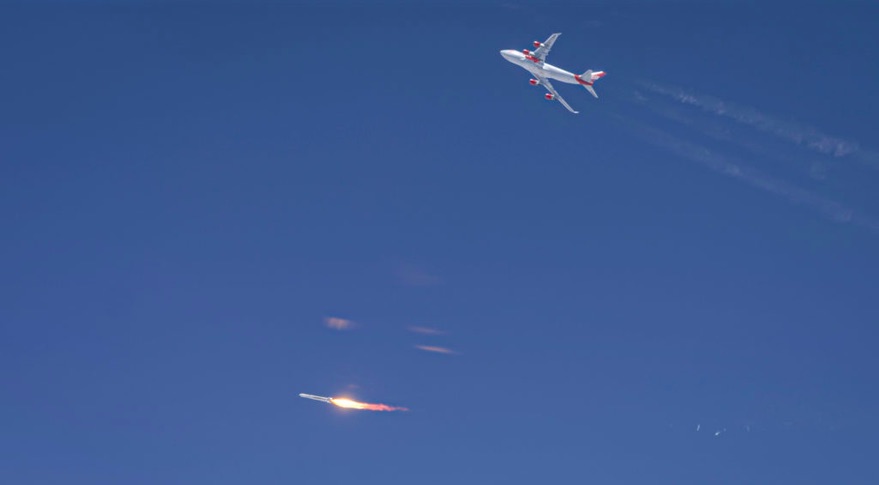
WASHINGTON — The first flight of Virgin Orbit's LauncherOne rocket failed to reach orbit in May when a propellant line broke seconds after the ignition of the rocket's first stage engine, the company's chief executive said July 22.
Speaking at a webinar organized by the Space Generation Advisory Council, an organization for young space industry professionals, Dan Hart said the demonstration mission for the LauncherOne rocket May 25 went well until several seconds after the ignition of the NewtonThree engine that powers the rocket's first stage.
Inner Workings: Was Jupiter born beyond the current orbits of Neptune and Pluto? | PNAS

The world that never was - Skywatching - Castanet.net

Neptune was the first planet discovered by detecting and measuring deviations of known planets from the predicted orbits.
* * *
The sky is a very big place, especially when we are looking through telescopes that can see only a tiny bit at any one time. We need to know where exactly to look, and when.
After this method triumphed in finding Neptune, the search was on for other unknown planets. Almost immediately, the attention of astronomers was drawn to Mercury, the closest planet to the Sun. There was something funny about the planet's orbit.
NASA Observatories Detects New Planet Orbiting Young Star – CBS Los Angeles
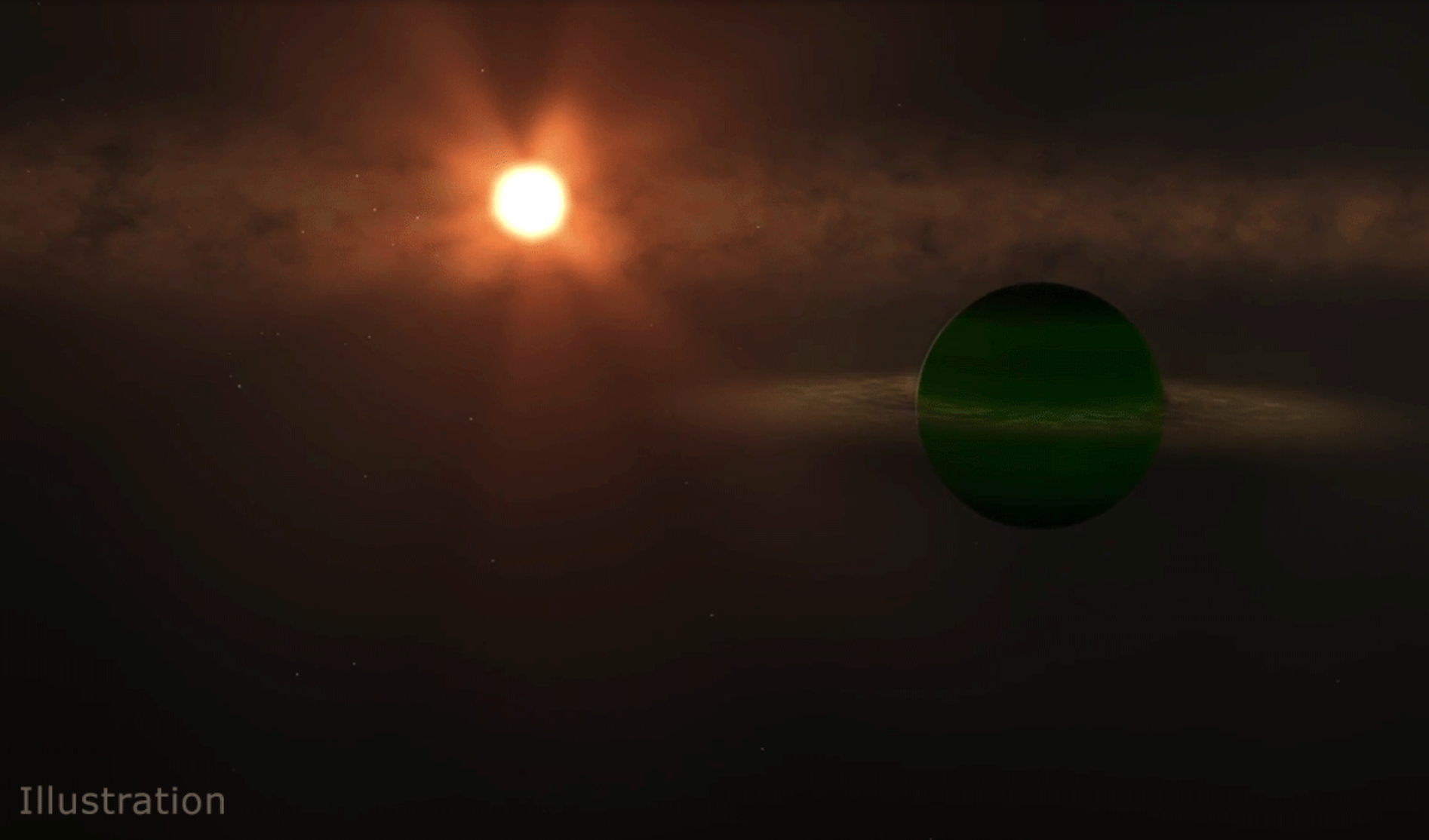
PASADENA (CBSLA) — NASA's TESS and Spitzer missions have discovered a new planet orbiting what they called "a unique young star."
The new planet, called AU Mic B, was discovered orbiting AU Microscopii, a star still surrounded by a disk of debris left over from its formation, according to the Jet Propulsion Laboratory in Pasadena. The planet is described to be about as large as Neptune, weighing less than 58 times Earth's mass, and circles the young star in 8.5 days.
Happening on Twitter
Wow! An Actual Picture of Multiple Planets Orbiting a Sunlike Star - Universe Today https://t.co/2ld7C8WqLn https://t.co/Hk0wMEuInJ fcain (from Courtenay, British Columbia) Thu Jul 23 21:45:26 +0000 2020
An actual picture of actual planets actually circling a Sun-like star! Major wow! - PAO https://t.co/1AdkAKWdTz AmyShiraTeitel (from Los Angeles, CA) Thu Jul 23 15:53:31 +0000 2020
Wow! An actual picture of multiple planets orbiting a Sunlike star - https://t.co/LkK7eU4Wal https://t.co/XnO4opX9Yy fcain (from Courtenay, British Columbia) Wed Jul 22 18:26:01 +0000 2020
Yall really wasted an actual Loaded Lux battle on surf wow okwerdz (from Stockton, CA) Sat Jul 18 19:08:01 +0000 2020

No comments:
Post a Comment